The incident of a section of the wall of Hue Imperial City suddenly collapsing on the evening of November 2 after many days of heavy rain and flooding is receiving public attention, especially in the context of Hue City continuing to experience extreme weather. To have an overview of this project, Thanh Nien reporters have updated their notes for readers.
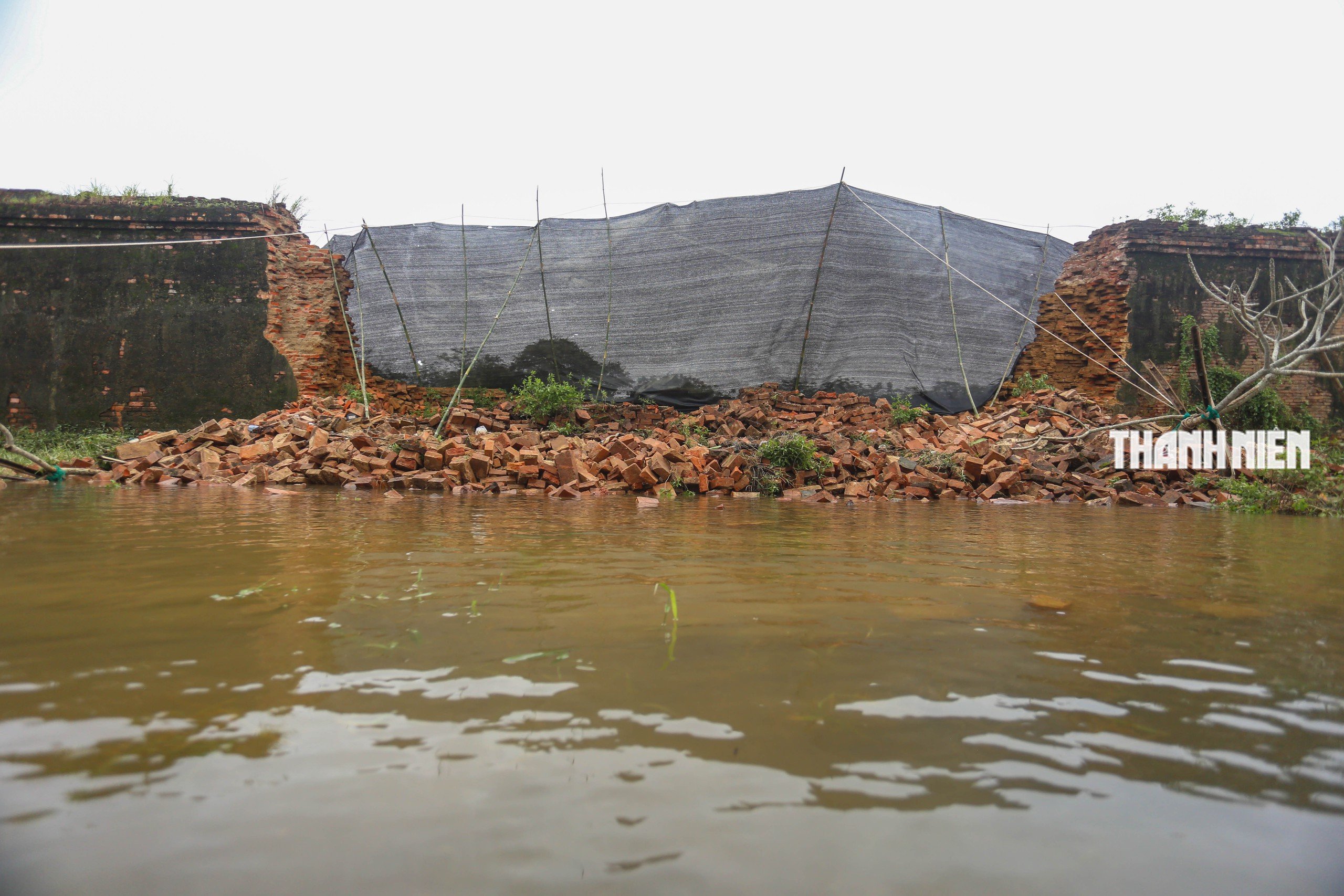
A section of the 200-year-old citadel wall north of Hue Citadel collapsed at around 6:45 p.m. on November 2, when the third flood rose, submerging many inner-city areas of Hue City.
PHOTO: LE HOAI NHAN
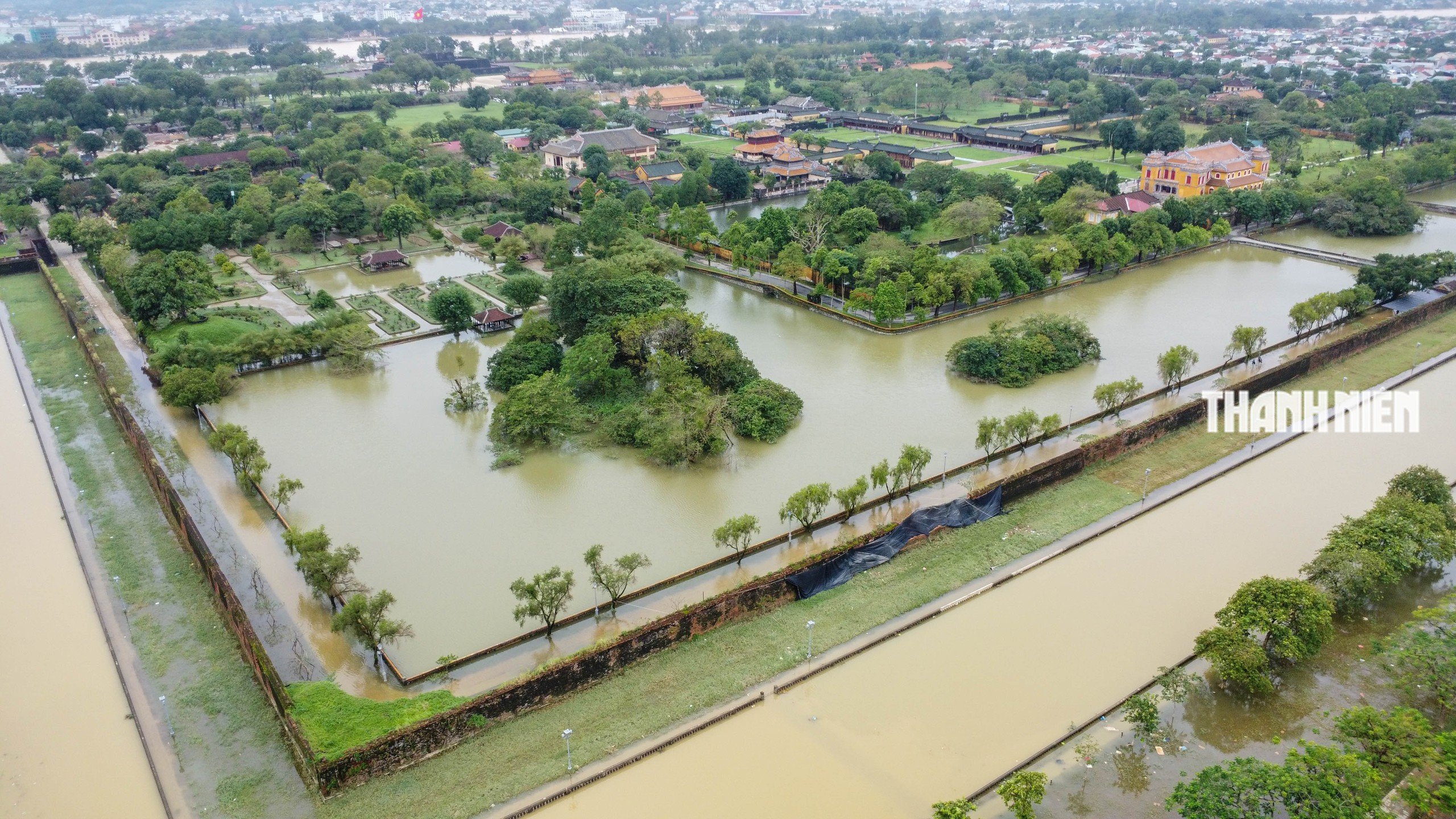
The collapsed wall area is about 15 meters long, located next to Dang Thai Than Street, about 50 meters from Hoa Binh Gate.
PHOTO: LE HOAI NHAN
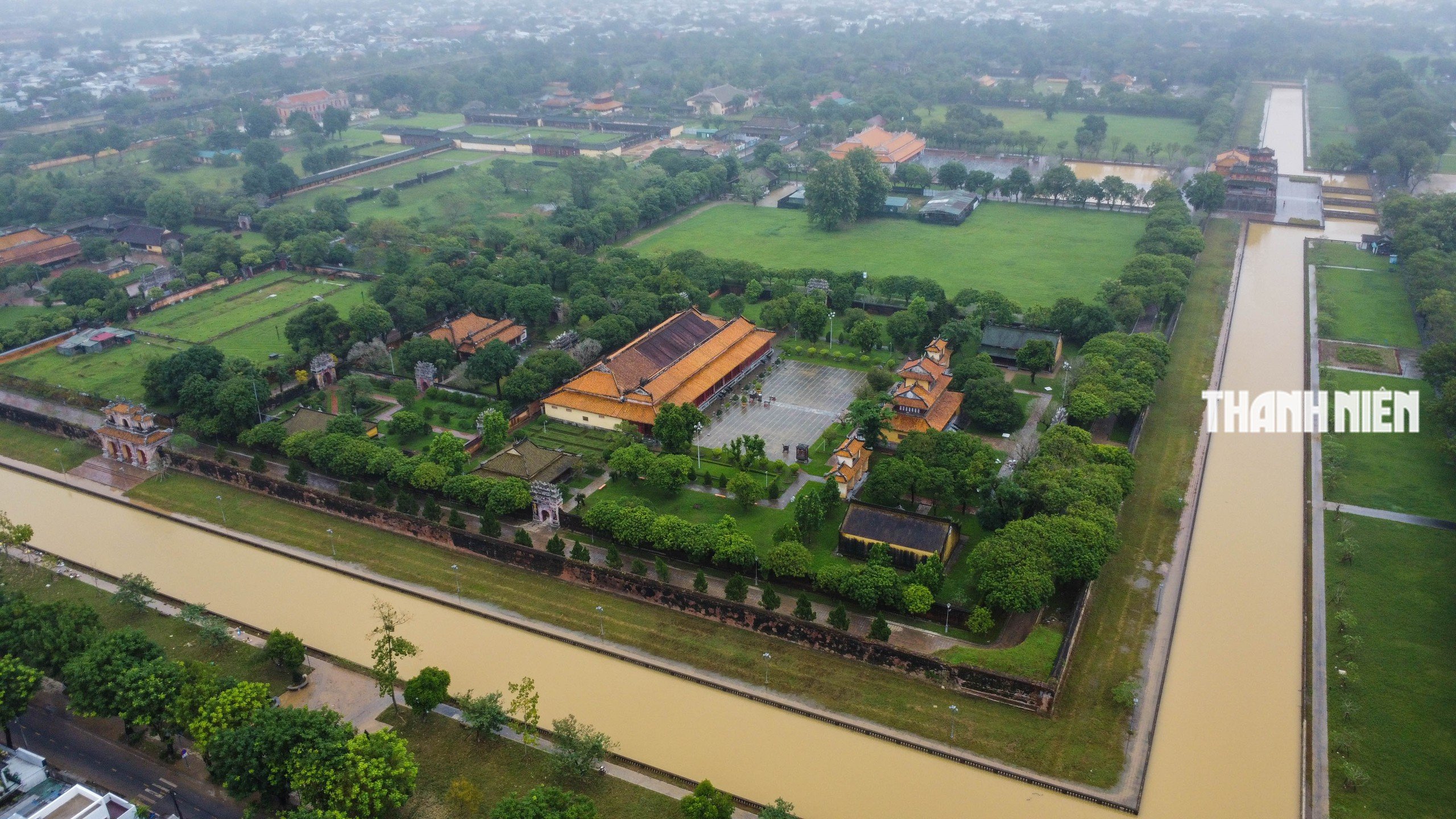
The Hue Imperial Citadel is the second citadel located inside the Hue Citadel. This is not only a defensive structure but also a center of power, with the most important function of protecting the royal palaces, the temples of the Nguyen Dynasty's ancestors and the Forbidden City.
PHOTO: LE HOAI NHAN
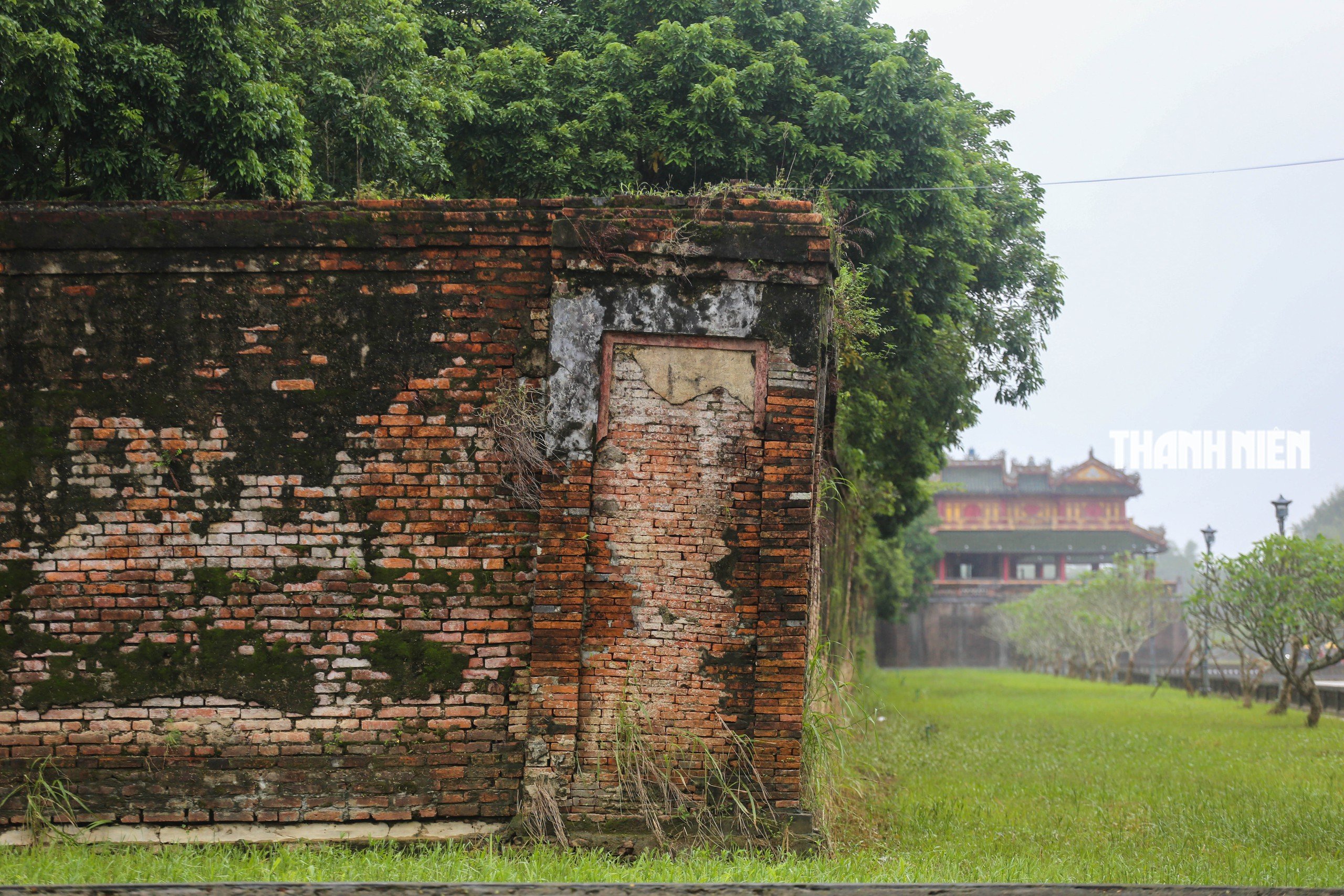
Architecturally, the Hue Imperial Citadel has a nearly square plan, each side is about 600 m long. The walls are built of bricks, 4 m high and 1 m thick.
PHOTO: LE HOAI NHAN

The citadel is protected by a system of moats and lakes dug around it. All have the common name of Kim Thuy.
PHOTO: LE HOAI NHAN

The construction of the Imperial Citadel began in 1804 and the entire palace system was completed in 1833 under the reign of King Minh Mang. Over time, many items in this project have deteriorated.
PHOTO: LE HOAI NHAN
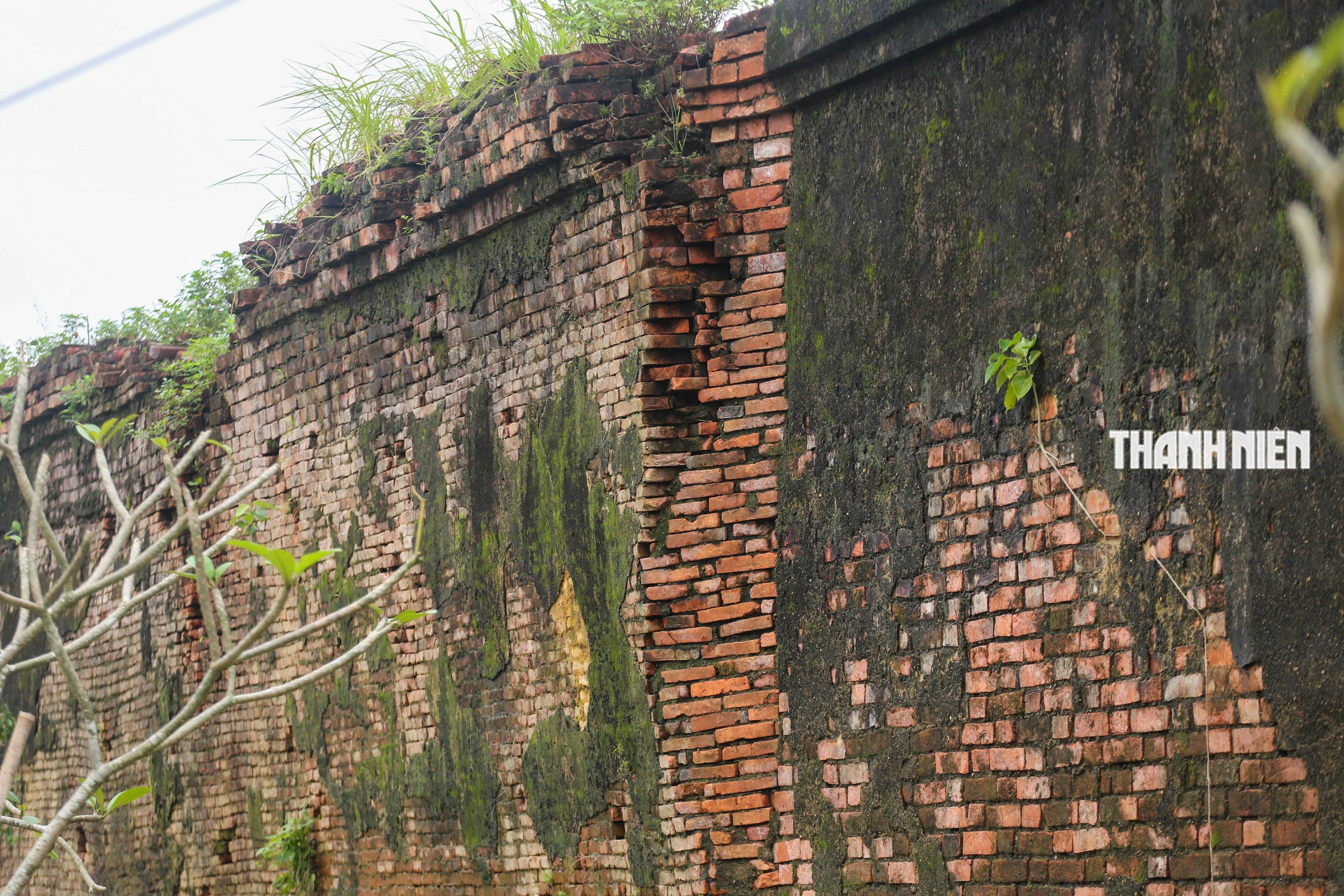
Some sections of the wall lean inwards into the Forbidden City area.
PHOTO: LE HOAI NHAN

The wall appeared with many serious cracks.
PHOTO: LE HOAI NHAN

Along the citadel wall are structures bearing the mark of the Nguyen Dynasty.
PHOTO: LE HOAI NHAN
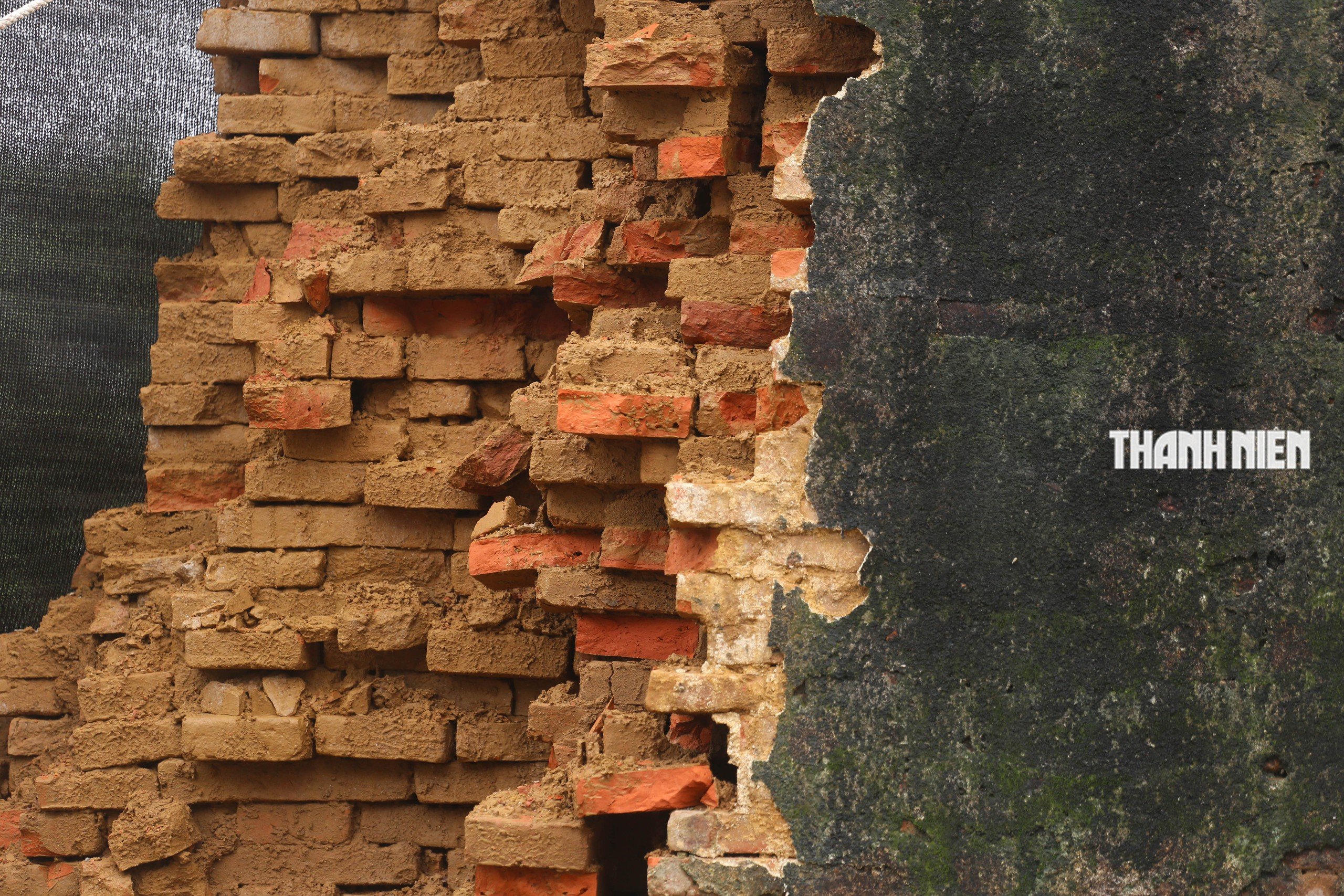
Inside the walls of the Imperial Citadel are bricks and clay.
PHOTO: LE HOAI NHAN
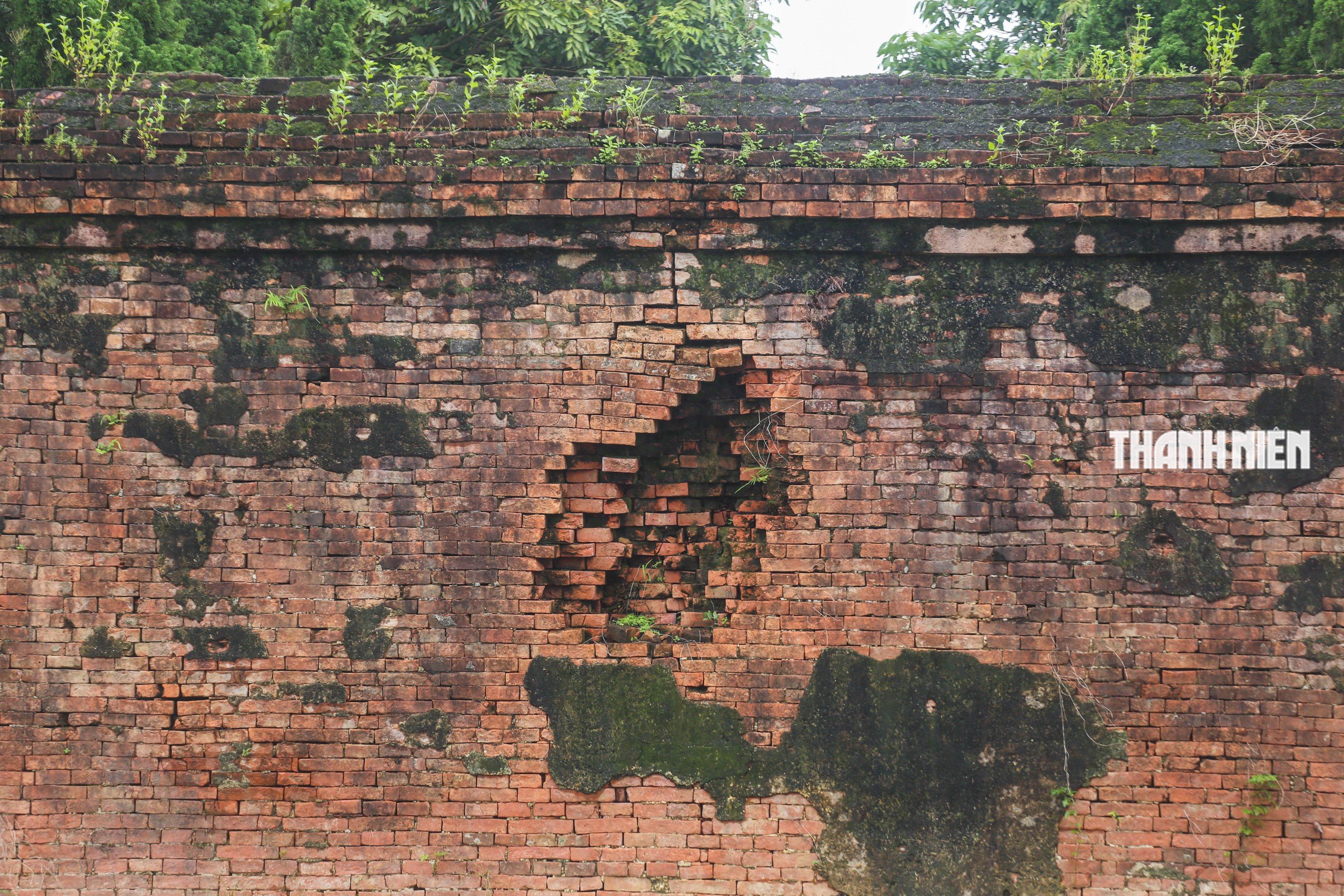
Some parts of the wall have lost bricks.
PHOTO: LE HOAI NHAN

The recent floods have more or less affected the relic complex in Hue.
PHOTO: LE HOAI NHAN
As Thanh Nien reported, after the incident of the wall of Hue Imperial Citadel collapsing due to floods, on the morning of November 3, the Hue Monuments Conservation Center invited representatives of the Department of Construction to survey, inspect, and make initial assessments.
The Center also suggested that after the natural disaster ends, the Department of Culture and Sports of Hue City should preside over and coordinate with relevant units to conduct a survey and overall assessment of the current status of the Hue Imperial Citadel wall system and the stone embankment of Ngoai Kim Thuy Lake.
On that basis, the units will establish an investment project to preserve, renovate and restore the relic to ensure the sustainability and preserve the historical value of the project, with a total estimated cost of 300 - 500 billion VND.
Source: https://thanhnien.vn/nhin-lai-toan-bo-he-thong-hoang-thanh-hue-sau-dot-lu-lut-lich-su-185251104160528668.htm


![[Photo] Ho Chi Minh City Youth Take Action for a Cleaner Environment](https://vphoto.vietnam.vn/thumb/1200x675/vietnam/resource/IMAGE/2025/11/04/1762233574890_550816358-1108586934787014-6430522970717297480-n-1-jpg.webp)
![[Photo] The road connecting Dong Nai with Ho Chi Minh City is still unfinished after 5 years of construction.](https://vphoto.vietnam.vn/thumb/1200x675/vietnam/resource/IMAGE/2025/11/04/1762241675985_ndo_br_dji-20251104104418-0635-d-resize-1295-jpg.webp)
![[Photo] Ca Mau "struggling" to cope with the highest tide of the year, forecast to exceed alert level 3](https://vphoto.vietnam.vn/thumb/1200x675/vietnam/resource/IMAGE/2025/11/04/1762235371445_ndo_br_trieu-cuong-2-6486-jpg.webp)
![[Photo] Panorama of the Patriotic Emulation Congress of Nhan Dan Newspaper for the period 2025-2030](https://vphoto.vietnam.vn/thumb/1200x675/vietnam/resource/IMAGE/2025/11/04/1762252775462_ndo_br_dhthiduayeuncbaond-6125-jpg.webp)



















































































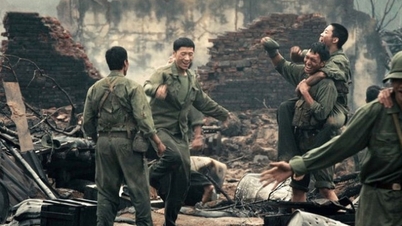















Comment (0)